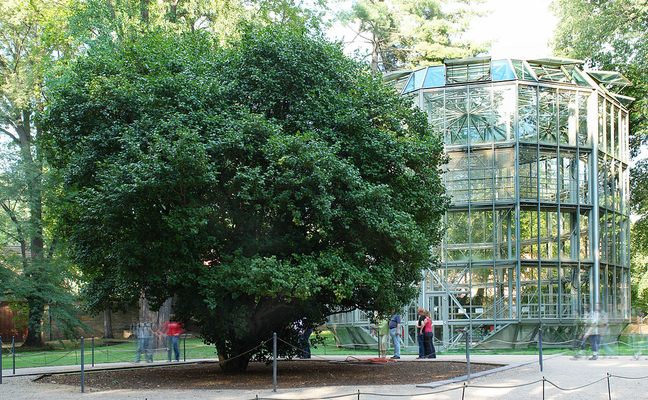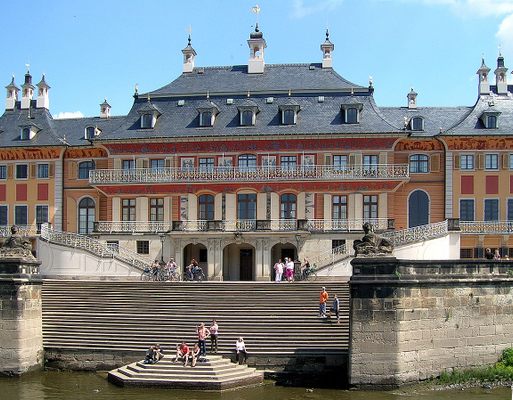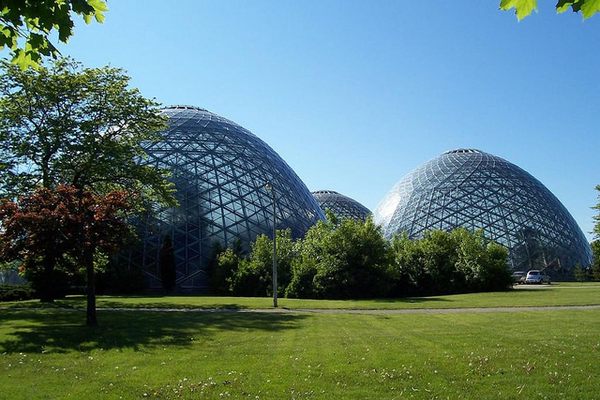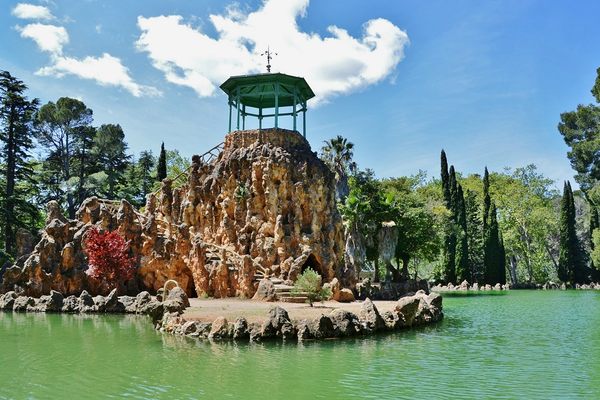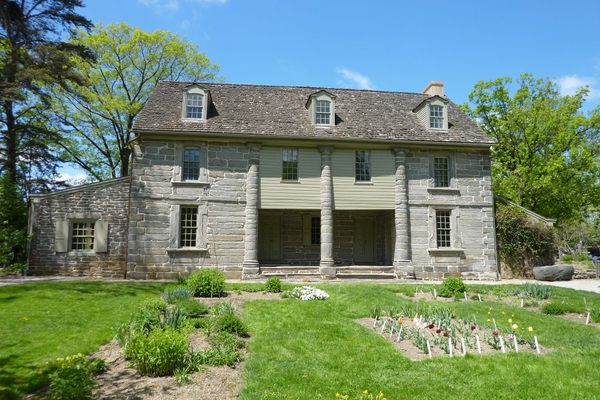About
According to legend, when the Swedish botanist Karl Peter Thunberg returned from Japan to the London Kew Gardens in 1776, he brought with him four fragile specimens of a plant that was much-hyped among Europeans those days: the Japanese camellia.
This rare and highly desired flowering plant was the highlight of the most precious royal collections and botanical gardens at the time, so much so that Kew Gardens helped strengthen political ties by sending three of the young shrubs to royal gardens in Vienna, Hanover, and Pillnitz (near Dresden).
As the story goes, the Pillnitz camellia is the only one of this fabled ensemble of plants that survived the last two centuries, as European botanists were not sufficiently aware of how to care for these sensitive trees. In 1801, the camellia was re-planted in the gardens at Pillnitz Castle, where it still grows today. But the squat little tree, which measures about 30 feet in height today, did not always have an easy life.
The harsh winter in the Dresden region, where temperatures reach as low as -4 degrees Fahrenheit (-20 degrees Celcius), required the garden workers’ full attention and effort. The plant survived the first winters by being covered and wrapped with straw, blankets, and mats, but later, further precautions had to be taken. To protect the camellia from the cold, wind, and snow, a wooden house was erected around the tree each fall and removed in spring.
This procedure was repeated for around a hundred years, until the wooden structure caught fire and almost burnt down the whole plant. The fire-fighting water managed to stop the flames, but froze and formed a sort of ice dome around the entire tree. Nobody believed that the tree would survive this stressful event, but the following spring the camellia started to bloom brighter than ever before.
In 1992, the delicate camellia finally received an appropriate accommodation that replaced the wooden constructions of former days. A heated, mobile glasshouse over 40 feet (13 meters) tall was erected to shelter the shrub from October to May.
The massive glass building is, technically speaking, the world’s widest broad-gauge railway, as it can be moved back and forth on a set of tracks between summer and winter. Inside the glass and steel construction, a computer automatically regulates the temperature, ventilation, and air humidity of the precious plant’s winter palace. Each year from February to April, the plant's blossoming season, these efforts are rewarded, as some 35,000 pink flowers cover the historic camellia.
Related Tags
Know Before You Go
The castle park is open year-round from 6 a.m. to nightfall. Visitors to the gardens can buy offshoots of the camellia.
Published
January 16, 2019


